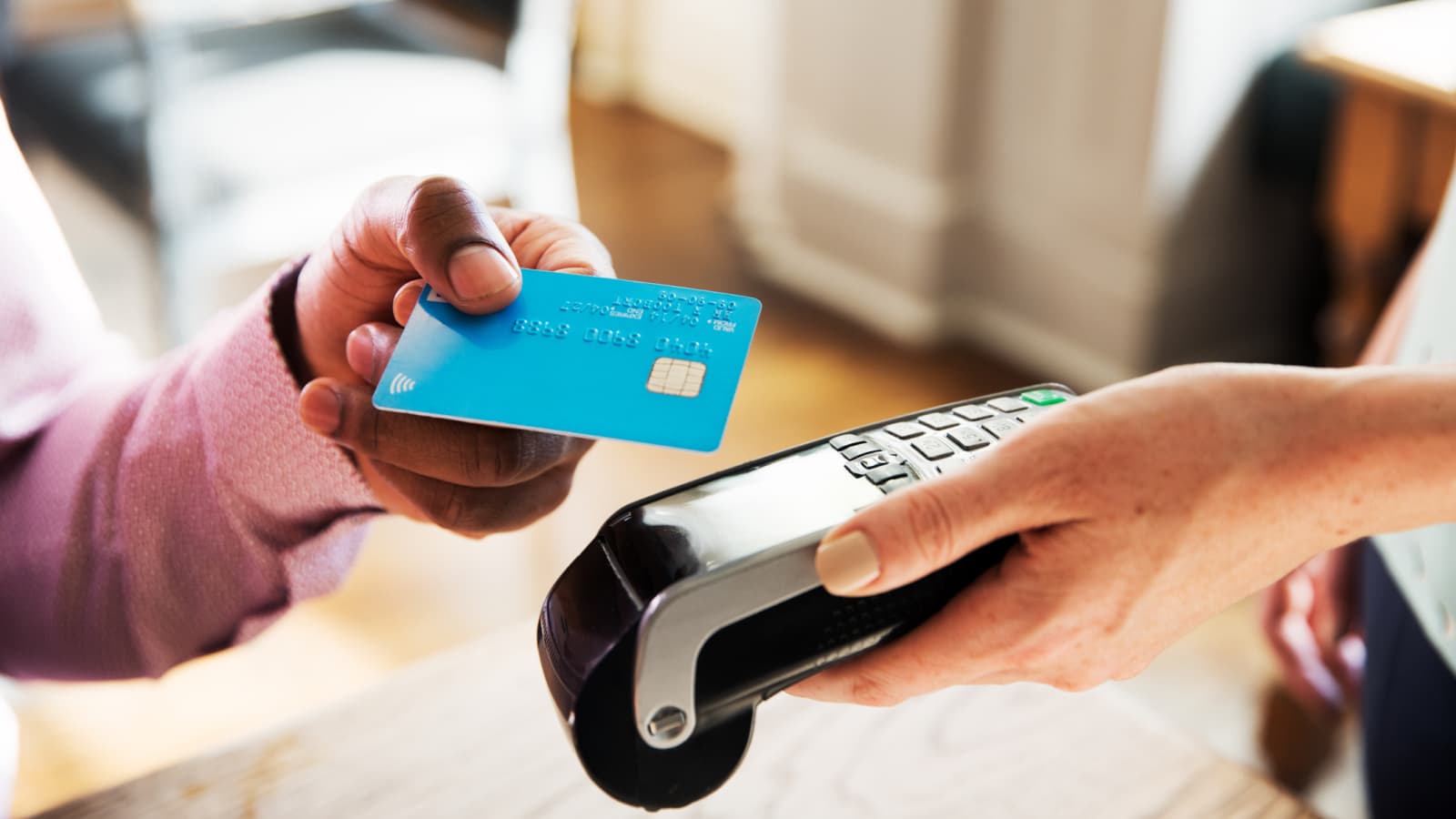Contactless payments will soon arrive on Nigerian shores, about two decades after some advanced countries started using them. Despite the huge benefits, however, contactless payments also carry some risks. To mitigate these risks, the Central Bank of Nigeria has recently rolled out guidelines on how best to operate this mode of payment and explained the roles of different stakeholders in the implementation of the scheme.
It is important for stakeholders in the financial and business environments to understand their roles in the implementation of contactless payment. A contactless payment is simply a wireless financial transaction in which the customer makes a purchase by moving a bank card, smartphone digital wallet app, or any other device in close proximity to the vendors’ point-of-sale (POS) reader.
Because the device does not get in contact with the POS reader (unlike the normal debit or credit cards we are familiar with), contactless payments are also referred to as touch-free, tap-and-go, or proximity payments. Put differently, contactless payment is a way of paying that doesn’t require cash or even swiping a card. All you have to do is hold your contactless card or smartphone near a compatible card reader while you are checking out.
In introducing contactless payments into the country, CBN hopes to achieve its core mandates, which include sustaining the safety and stability of our financial system and promoting a resilient and stable payments system. These mandates are enshrined in Section 2(d) of the CBN Act 2007 and Section 56(2) of Banks and Other Financial Institutions Act 2020, which empowers the CBN to make regulations for banks and other financial institutions.
Advertisement
In driving one of its core objectives, the Bank recently unveiled a comprehensive set of guidelines for the implementation of Contactless Payments in the country, which is aimed at the standardization of operations in the payments system, creation of new opportunities in business transactions, and promotion of inclusive banking. Just like the use of debit /credit cards, internet banking and mobile banking, contactless payment will further encourage cashless business transactions and reduce the volume of cash in circulation.
To minimise risks, the CBN had issued a circular in June 2023, pegging contactless payments through accounts or wallets at transaction limits of N15,000 and a daily cumulative limit of N50,000. This means that customers can only make contactless payments of up to N15,000 per transaction and up to N50,000 per day without entering a PIN or biometric verification. The notice was signed by Musa Jimoh, director of payment systems management department of the CBN. This means that contactless payments are designed to offer speed, ease and convenience. In addition, they enable customers to pay using their smartphones, if they do not have their credit or debit card at hand.
Contactless payments also enable merchants to provide faster, smoother and easier transactions. Customers with contactless payment devices usually avoid long queues during busy shopping hours, and because they don’t come with additional charges, many customers prefer contactless payments. Another advantage is that contactless payments are very accessible, particularly for small businesses.
Advertisement
Despite the many advantages of contactless payments, there are some risks associated with the mode of payment. Because they require no authorisation before a transaction is made, a lost or stolen contactless card can be used to make fraudulent transactions. This explains the daily limits (not more than N50,000) in the CBN’s guidelines, which also has other robust risk management processes, measures and standards.
Although contactless payments are just about coming to Nigeria, they’ve been in use in many developed economies like the US; UK; Japan; Germany; Canada; Australia; France; the Netherlands, and a few others in the last 15 years. It is therefore notable that the CBN’s guidelines have been designed to address local peculiarities and provide the guardrails for the deployment of the new payment method.
The Guidelines also specify minimum standards and requirements for the operation of contactless payments in Nigeria, as well as the roles and responsibilities of stakeholders involved in this mode of payment.
Given the vastness of the Nigerian market, the size of our GDP and the relative robustness of our IT infrastructure, contactless payments is an idea that has come to stay in Nigeria. It is now up to the key stakeholders to make it work. The relevant stakeholders are acquirers, issuers, payment schemes, card schemes, switching companies, payment terminal service providers, payment terminal aggregator, merchants, terminal owners and customers service agents. They will offer various services and play different roles in the seamless operation of contactless payments.
Advertisement
Views expressed by contributors are strictly personal and not of TheCable.
Add a comment







